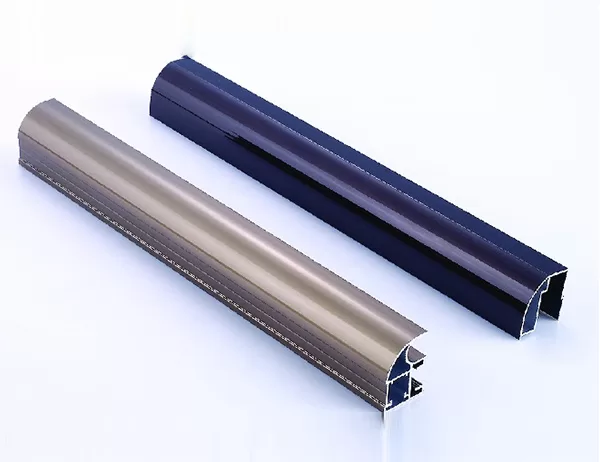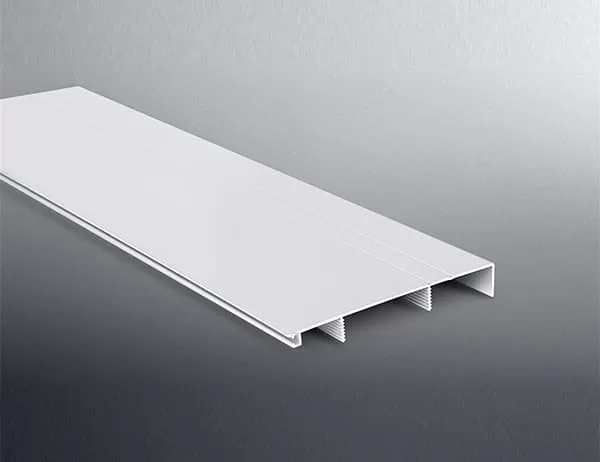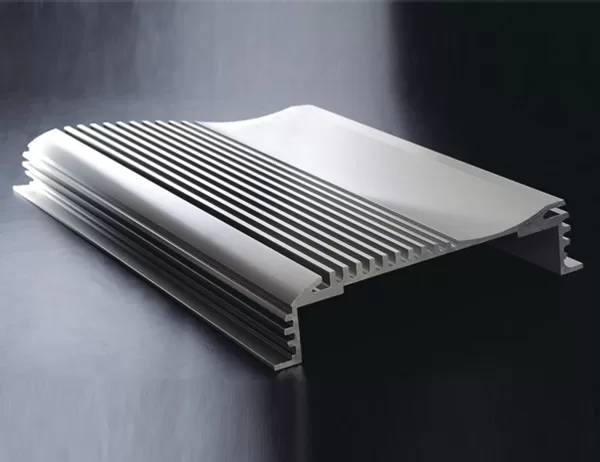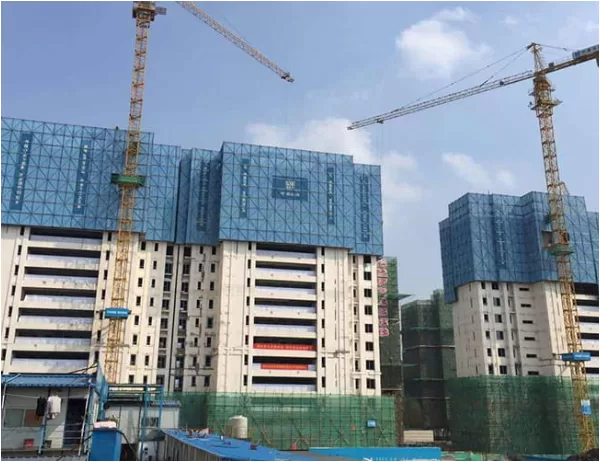Design Considerations When Using Industrial Aluminum Profiles: A Blueprint for Innovation
In the realm of industrial design, unlocking the potential of aluminum profiles is akin to forging a connection with the future. These versatile extrusions offer a tantalizing blend of strength, lightness, and malleability, making them an indispensable tool for engineers and designers alike. However, harnessing their full potential requires careful consideration of key design principles.
Strength-to-Weight Ratio: A Balancing Act
The allure of aluminum profiles lies in their exceptional strength-to-weight ratio. This delicate balance allows for lightweight structures that defy gravity without sacrificing durability. However, selecting the appropriate profile size and thickness is crucial to ensure optimal performance without excess material consumption.
Corrosion Resistance: Ensuring Longevity
In harsh industrial environments, corrosion can be a relentless foe. Aluminum profiles, inherently resistant to corrosion, provide a robust shield against the ravages of time. Nonetheless, additional surface treatments, such as anodizing or powder coating, can further enhance their protective properties and extend their lifespan.
Flexibility and Bendability: Shaping the Future
One of the defining characteristics of aluminum profiles is their exceptional flexibility. This inherent malleability allows designers to effortlessly create complex shapes and intricate contours. By embracing the bending capabilities of aluminum, engineers can realize innovative solutions that defy conventional construction methods.
Thermal Conductivity: Managing Heat Effectively
Aluminum’s high thermal conductivity presents both opportunities and challenges. Designers can harness this property to efficiently dissipate heat from sensitive components, preventing overheating and ensuring optimal functionality. However, proper thermal management is essential to avoid potential performance issues.
Surface Finish: Achieving Visual Appeal
Industrial aluminum profiles offer a wide range of surface finishes, from raw aluminum to meticulously anodized or powder-coated exteriors. This versatility allows designers to achieve both functionality and aesthetic appeal, aligning the profile with the overall design philosophy.
Cost Optimization: Finding the Sweet Spot
While aluminum profiles offer exceptional value, cost considerations remain paramount. By optimizing profile dimensions, selecting appropriate alloys, and leveraging economies of scale, designers can strike the perfect balance between performance and affordability.
Conclusion
Mastering the design considerations when using industrial aluminum profiles empowers engineers and designers to unlock a world of possibilities. By harnessing their strength, lightness, flexibility, and corrosion resistance, they can craft innovative solutions that transform industries. From lightweight vehicles to towering skyscrapers, aluminum profiles stand as a testament to the boundless potential of modern design and engineering.




